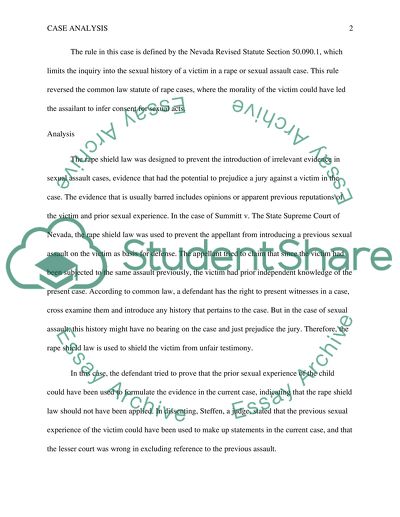Cite this document
(“Summit vs. State Supreme Court of Nevada (1985) Essay”, n.d.)
Retrieved from https://studentshare.org/law/1399702-midterm-essay
Retrieved from https://studentshare.org/law/1399702-midterm-essay
(Summit Vs. State Supreme Court of Nevada (1985) Essay)
https://studentshare.org/law/1399702-midterm-essay.
https://studentshare.org/law/1399702-midterm-essay.
“Summit Vs. State Supreme Court of Nevada (1985) Essay”, n.d. https://studentshare.org/law/1399702-midterm-essay.


